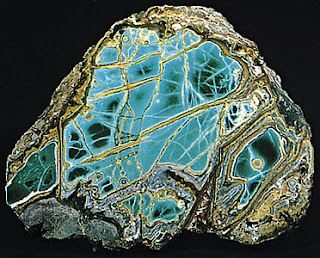
Founded in 2011, The International Sphaeralogical Society was created to celebrate the history and dynamism of the Super Ball®. Invented by chemist Norman Stingley in 1965 and sold by the Wham-O Manufacturing Co., the iconic toy has been the subject of fascination and play for almost half a century. The I.S.S. is dedicated to exploring and promoting the allure of this bounciest of balls.
Wednesday, August 11, 2021
Kindred Spirits!: Alexander Pedals – Sounds SUPER!!
Thursday, October 22, 2020
Hypersphaera lopshireum
Hypersphaerae vandoesburg
Colored Diamond Pattern Superball
This style of ball is named after the Dutch artist Theo van Doesburg who was, along with Piet Mondrian, one of the founders of the De Stijl movement that was concerned with abstraction, simplicity and a new kind of applied art.
(Source: https://www.artsalonholland.nl/grote-meesters-kunstgeschiedenis/theo-van-doesburg.)
H vandoesburg display geometric and rectilinear "blocks" of rpimary and secondary colors in a solid color field—the base color varying from the blocks but represented as such in alternate samples; I.e, with a green base field, the green block would not appear. The design is made within a sheet of rubber and then molded around a core in the construction process. The surface is most often matte and textured but can be found with smooth, shiny skins as well. The balls are dense and less dynamic than typical styles and can oxidize and dry out with age. (Photo courtesy of Headwater Media.)
Theo van Doesburg, Composition VIII (the cow),
ca.1918, oil on canvas, 38 x 64 cm,
Museum of Modern Art, New York, USA
Wednesday, October 21, 2020
Hypersphaerae hokusai
Hypersphaerae cramiconcrispo



















